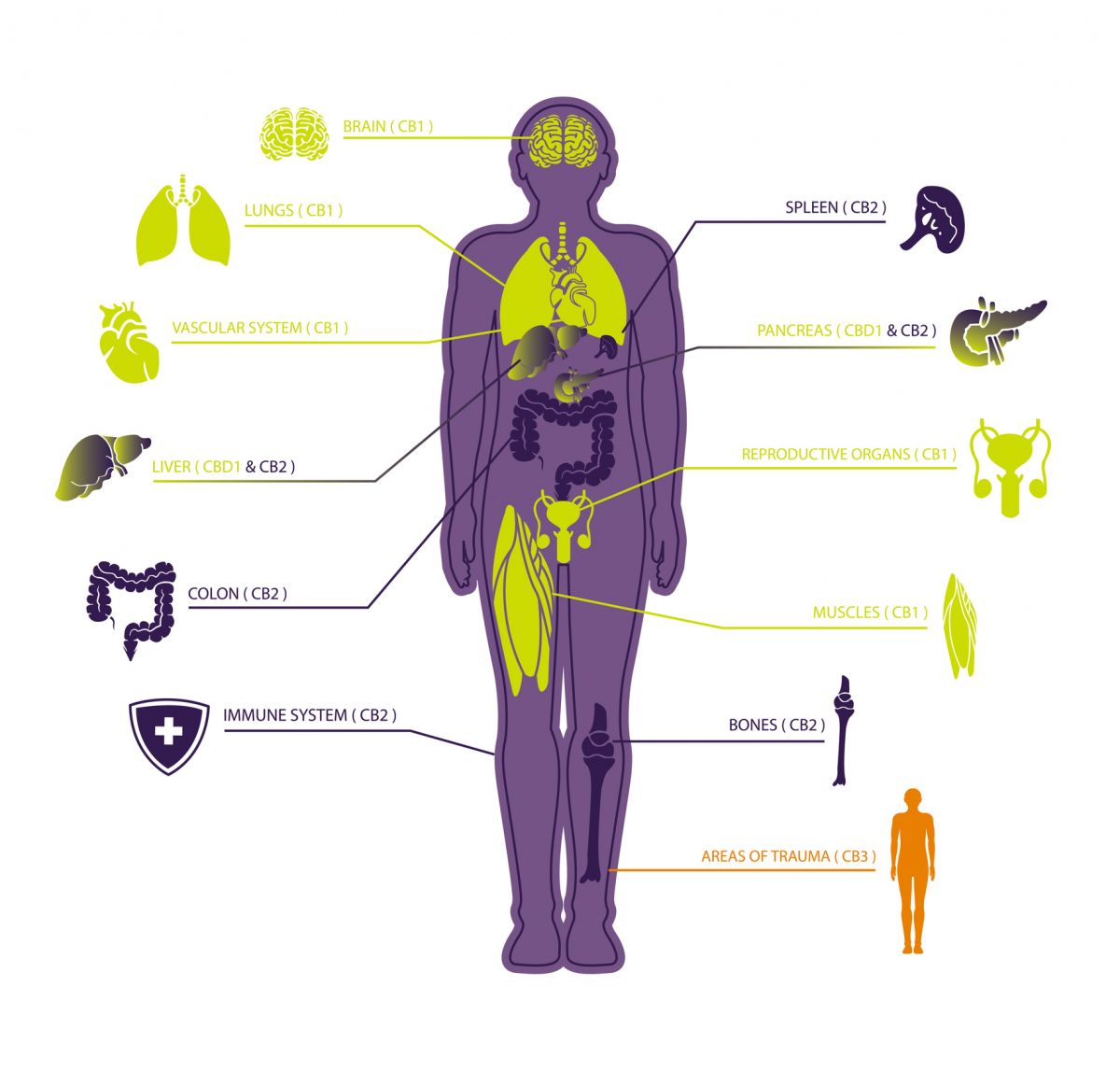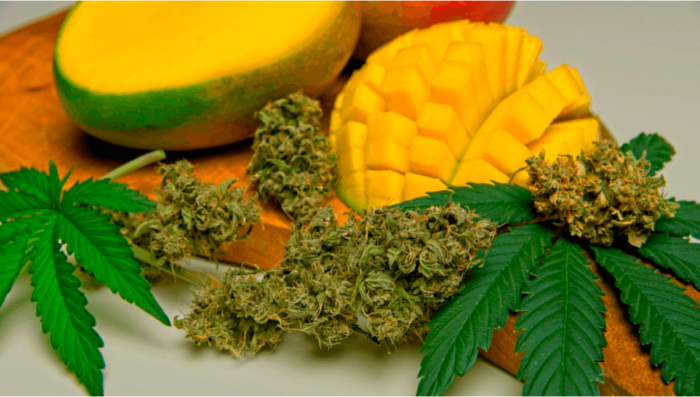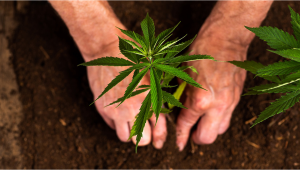Why Do Humans Have Cannabinoid Receptors?

- 1. What is the endocannabinoid system?
- 2. What are the types of receptors?
- 3. Humans and cannabis
Cannabinoid receptors are present in almost every part of our body. They form a crucial part of the elusive endocannabinoid system (ECS) that was discovered fairly recently. The ECS is responsible for a variety of functions including fertility, memory, mood, sensing pain, and more. But, what are these cannabinoid receptors. And, the more important question – why do humans have cannabinoid receptors?
If you’ve studied anything about cannabis, you’ve probably come across cannabinoid receptors. You’ve also perhaps wondered why the herb makes such an impact on us. Whether the impact is cerebral or medicinal, there is something to it. And, that’s because of the way cannabis interacts with the human body.
Cannabis contains many compounds. Some are unique and present only in the herb, which makes it extremely special. And, these compounds also known as cannabinoids, have the ability to interact with the cells in our body. But, there isn’t a clear explanation as to why we have them in our body. This article will focus on just that. However, before we get into all that, it’s important to understand the endocannabinoid system.
What is the Endocannabinoid System?

Scientists discovered the ECS only after discovering THC. The ECS plays a very important role in our body. You will learn about the circulating system, nervous system and many other functions in our body as a kid at school but there’s no mention of the ECS. Well, that’s also because it was discovered only in the 80s. But the fact is that the ECS is still an enigma to many people. Not many have heard the name either.
The ECS in nothing but a neurotransmitting network. In fact, it’s the largest network in our body. It works to maintain homeostasis or a balance. For instance, think about the body temperature. It cannot be too hot or too cold. A balance is necessary, and that’s how the ECS works. Despite harsh conditions outside, the ECS maintains a stable environment inside the body.
What’s fascinating is that the body produces endocannabinoids such as 2-AG and anandamide naturally. Anandamide acts like the brain’s very own THC and helps keep it in a naturally blissful mode at times. In fact, it has a similar effect as that of THC. However, the difference is that anandamide has a short life whereas THC stays longer.

Anandamide is important not to just keep you happy. It does more than that. It is concentrated in some parts of the brain that’s responsible for motivation, memory, fertility, and movement. Since anandamide is similar to THC, understanding this endocannabinoid will help you get a better understanding of THC that’s present in marijuana.
Anandamide also helps you forget things. But, not the important details, don’t worry. It only helps you forget traumatic events or something that’s perhaps irrelevant. It does contribute a great deal to keep you happy. Remember how you felt when you achieved something? That’s anandamide for you – a reward pathway. It’s also the same feeling you get when you workout or have some good sex.
Considering its contribution, there must be a role it plays when you’re fighting against issues like depression or nervous anxiety. It’s also true that those that are naturally blessed with loads of the chemical anandamide don’t really need to smoke cannabis to enjoy the benefits of the herb. However, if your body is producing less of it, a lot of things can be messed up. Thankfully, cannabis can help.
The cannabinoids such as THC and CBD present in cannabis are known as phytocannabinoids. And, you can certainly expect a reaction when they connect with the endocannabinoids present in the human body.
They are present in tissues, immune system and also the brain. The main function of the ECS is to communicate between the body and the brain and ensure that they are responding properly to messages. It plays a key role in regulating appetite, sleep, pain, memory, growth, and cognition.
What are the types of receptors?
Cannabis plants are special to humans because of the way they interact with our body. The cannabinoids present in the plant reacts with the receptors in the human body. However, despite what you may have heard, the receptors aren’t present only for cannabis. They are very much a part of the endocannabinoid system and are useful to send messages and receive incoming endocannabinoids.
What about people that don’t smoke or consume cannabinoids? Do they have receptors? Yes, of course, they do. However, since the number of endocannabinoids increase when you smoke cannabis, you’re not likely to suffer from an endocannabinoid deficiency that may result in infertility issues and many more problems.
There are mainly two types of receptors in our body. The first one is CB1 and is located primarily in the nervous system, liver, lungs, brain and kidneys. Both phytocannabinoids from the plant like THC and our natural endocannabinoids bind or interact with CB1 since their structures are quite similar. It mostly helps patients with depression, chronic pain and several other ailments.
The receptors and the cannabinoids work like a key and a lock. THC engages with CB1 like a key and the brain spurts out dopamine. This is where you will feel changes in your mood. You may feel happy or nervous or sad, depending on the amount of THC you’ve ingested.
Have you wondered why some people complain of a racing heart or paranoia after ingesting cannabis? That’s THC doing its job. However, this doesn’t mean that THC is evil. If taken in the right dose, it works like magic, but if you abuse it, you will feel a lot of changes including paranoia.
The second receptor is CB2 and they are concentrated in areas including the gastrointestinal system, tonsils, and spleen. Basically, they cover a large part of the immune system. When cannabinoids activate either or both the receptors, they send messages to the cells that tell you how to behave. They are mainly responsible for managing pain, inflammation and regulate appetite.
Humans and cannabis

You now know about THC and CBD – the cannabinoids present in cannabis. But, you’ll be surprised to know that cannabis contains more than 113 cannabinoids, and many of them are unique. What makes cannabis indeed special is that the cannabinoids engage with the human body in a fashion similar to endocannabinoids present in us naturally, as explained above.
And, that’s why humans and cannabis have had a relation that began thousands of years ago. Cannabis has been around for more than 10,000 years. The unique herb was utilized for various purposes. Some estimate that hemp was one of the first agricultural crops. Hemp can be converted to fiber, cloth, ropes, and many other useful things. It’s no secret that hemp seeds prove to be a good source of protein and fatty acids.
Women used to use medical marijuana to help with their menstrual issues. In fact, Queen Victoria was prescribed cannabis to help with her menstrual cramps. It was also used during labor pain and a common medicine for pain, small injuries, and other issues. Of course, it was also used as a source of spiritual healing.
And since cannabis contains cannabinoids similar to anandamide, many people assume that humans are meant to consume or smoke cannabis. But, that’s not true. Yes, the herb helps you get rid of many issues, but the receptors present in our body aren’t meant only for cannabis.











Comments